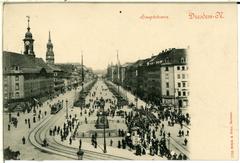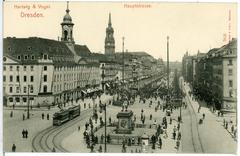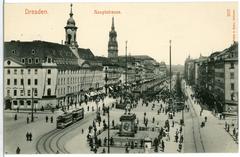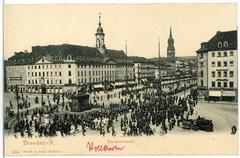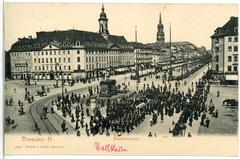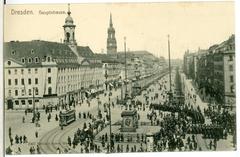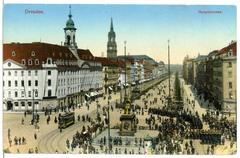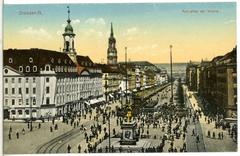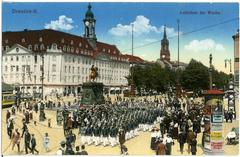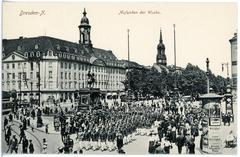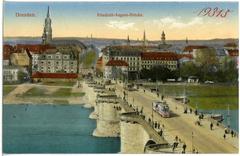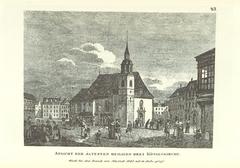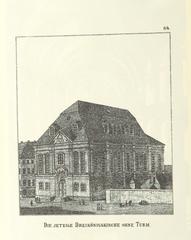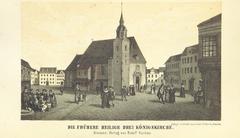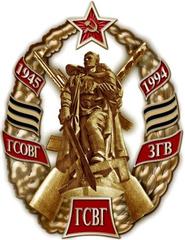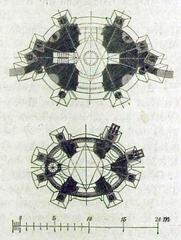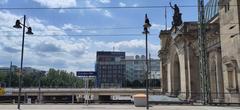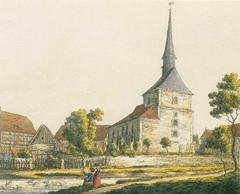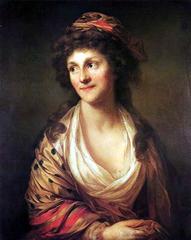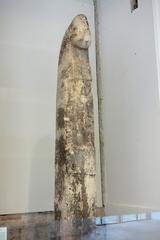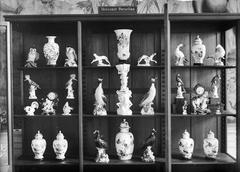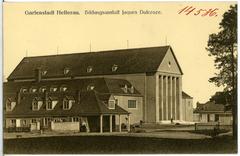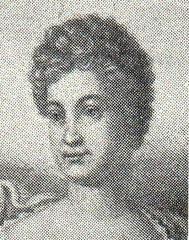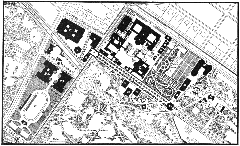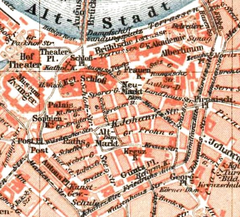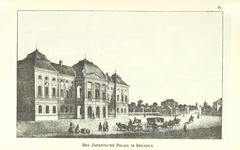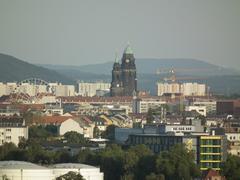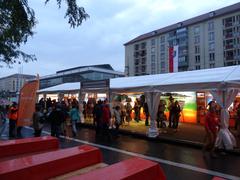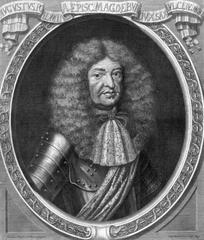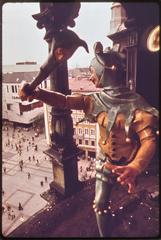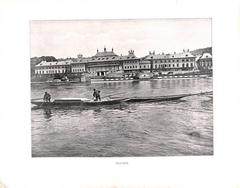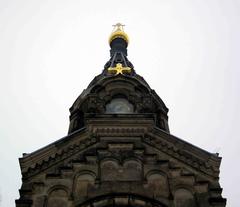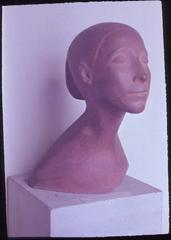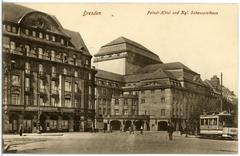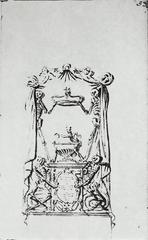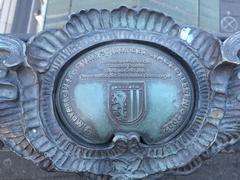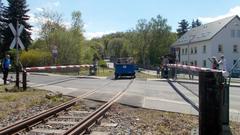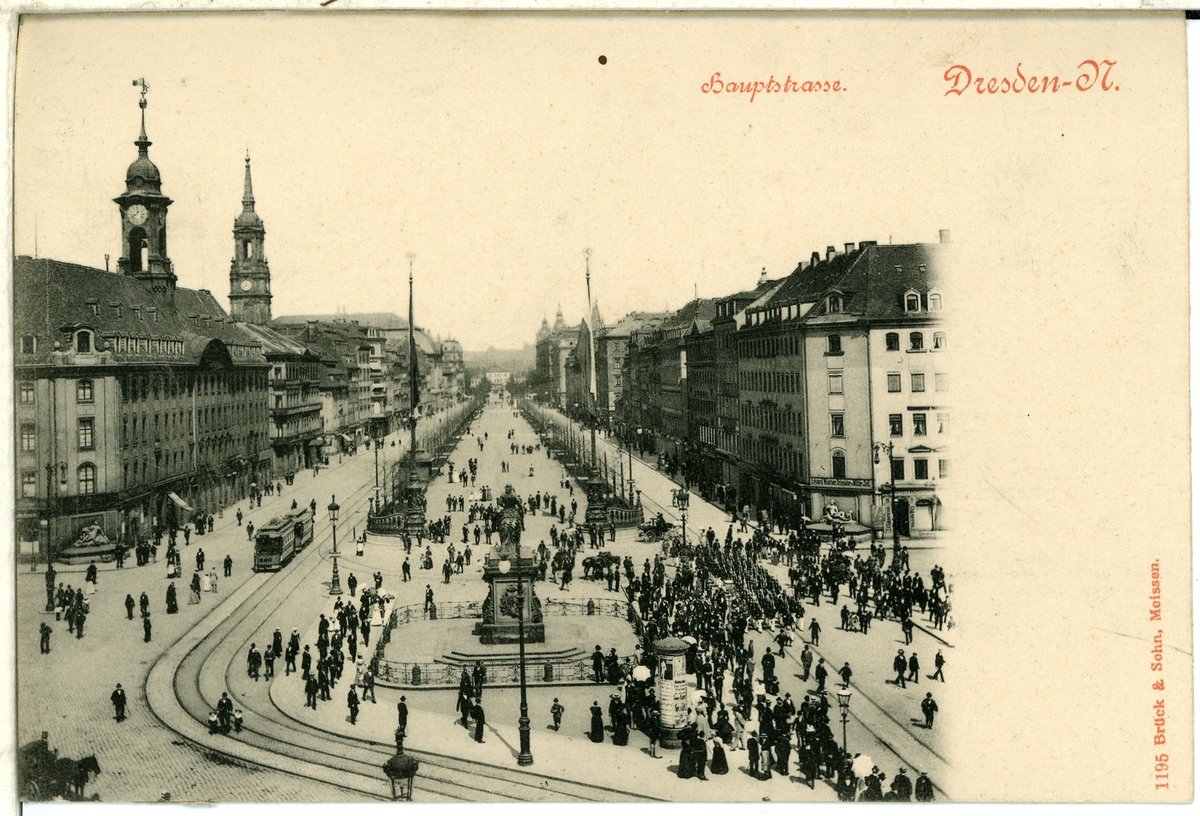
Dreikönigskirche Dresden: Visiting Hours, Tickets, and Historical Significance
Date: 15/06/2025
Introduction
The Dreikönigskirche Dresden, or Church of the Holy Three Kings, is one of Dresden’s most distinguished historical and cultural landmarks. Located at the heart of the Neustadt district on Hauptstraße, this baroque church is renowned for its towering spire, panoramic “Canalettoblick” views, and its dynamic role as a cultural and community center. Its rich history, architectural grandeur, and ongoing significance as a venue for concerts and community events make it an essential destination for visitors to Dresden (kirchspiel-dresden-neustadt.de; Haus der Kirche; Visit Dresden Elbland).
This comprehensive guide covers everything you need to know about visiting Dreikönigskirche: its historical evolution, architectural highlights, visitor information, accessibility, ticketing, and tips for making the most of your visit.
Table of Contents
- Historical Overview
- Architectural Features and Innovations
- Cultural and Community Role
- Visitor Information
- Visitor Experience
- Practical Tips for a Memorable Visit
- FAQ
- Visuals and Media
- Conclusion
- References
Historical Overview
Medieval Foundations and Early History
The origins of Dreikönigskirche trace back to 1421, when the first church was mentioned in Altendresden (now Neustadt). Dedicated to the “Holy Three Kings” after its altar painting, the church served as the spiritual heart of the right-bank settlement, especially as the area embraced Lutheranism during the Reformation (kirchspiel-dresden-neustadt.de).
Destruction, Rebuilding, and Baroque Transformation
A devastating fire in 1685 razed much of Altendresden, including the church. Swift reconstruction efforts led to a new church opening in 1688 with a modest tower. In the early 18th century, the area was redesigned by order of Elector Friedrich August I, with the church being rebuilt in grand Baroque style from 1732 to 1739 under the direction of architects Matthäus Daniel Pöppelmann and George Bähr. The new west-facing altar and integration with the Hauptstraße gave the church a distinctive urban presence (Wikipedia).
19th-Century Expansion and Tower Completion
Financial constraints delayed the completion of the church’s tower, which initially stood as a truncated structure. It wasn’t until 1854–1859 that the present 87.5-meter-high tower was finished, thanks to public and community support. The tower, constructed from sandstone, became a defining feature of Dresden’s Neustadt skyline (Stadtlexikon Dresden).
Wartime Destruction and Postwar Reconstruction
The church suffered catastrophic damage during the Allied bombing of Dresden in February 1945, with only the tower remaining intact. For decades, the site faced uncertainty, but persistent advocacy led to a decision to rebuild. Reconstruction commenced in 1984 and culminated with the church’s rededication as the Haus der Kirche in 1990. The church’s fractured baroque altar was preserved as a memorial, symbolizing the city’s resilience (kirchspiel-dresden-neustadt.de).
Architectural Features and Innovations
Dreikönigskirche’s baroque architecture is characterized by its imposing façade, mansard roof, and the west-facing altar—an unusual orientation resulting from its integration with the city’s main boulevard. Postwar reconstruction introduced a modern, flexible interior, reducing the original worship space to about a third and adding conference and event rooms. Notable features include:
- Restored Baroque Altar: Preserved in its damaged form as a war memorial.
- Stained Glass Windows and Ornamental Woodwork: Blending classical and modern artistry.
- Tower Access: Offering panoramic city views, famously depicted in Canaletto’s paintings (Haus der Kirche).
Cultural and Community Role
Beyond its function as a place of worship, Dreikönigskirche is a central venue for concerts, exhibitions, festivals, and community gatherings. It served as the seat of the Saxon State Parliament from 1990 to 1993, underscoring its civic importance. Today, under the name Haus der Kirche, the church continues to foster dialogue, culture, and reconciliation (Haus der Kirche).
Visitor Information
Visiting Hours
Typical visiting hours are:
- Monday–Sunday: 10:00 AM – 6:00 PM (last entry 30 minutes before closing)
- Tower: 10:00 AM – 4:00 PM
Hours may vary on holidays or during special events; always check the official website for current information.
Tickets and Admission
- Church Nave: Free entry.
- Tower Access: Around €3–€5 for adults; discounts for students, children, and groups. Children under 12 often enter free.
- Concerts and Special Events: Separate ticketing applies; advance online booking is recommended (Haus der Kirche).
Accessibility
- Wheelchair Access: The nave and main facilities are accessible; the tower is accessible only by stairs.
- Restrooms: Accessible restrooms are available.
- Assistance: Staff provide support for visitors with special needs (Visit Dresden Elbland).
Guided Tours and Events
- Guided Tours: Available in German and English; group tours by prior arrangement.
- Events: The church hosts concerts, art exhibitions, workshops, and seasonal festivals. Event details and booking are found on the event portal.
Travel Tips and Nearby Attractions
- Getting There: Easily accessible by tram (lines 4, 8, 9 to Neustädter Markt; other lines to Albertplatz).
- Parking: Limited; public transport is recommended.
- Nearby: Frauenkirche, Zwinger Palace, Brühlsche Terrasse, and Neustadt’s vibrant cafés and galleries are all within walking distance (Urlaubsguru Dresden Geheimtipps).
Visitor Experience
Upon arrival, visitors are greeted by the impressive baroque façade and tranquil interior. The west-facing altar, modern “Totentanz” wall paintings, and reconstructed altar invite reflection on the church’s history. Climbing the tower rewards visitors with sweeping views of Dresden and the Elbe valley. The church’s event schedule ensures a lively atmosphere, with music, art, and community gatherings enriching the experience (HDK-DKK).
Families are welcome, and the church’s accessible design accommodates all guests. The surrounding Neustadt district offers ample dining and leisure options for an enjoyable day out.
Practical Tips for a Memorable Visit
- Best Times: Weekday mornings or late afternoons are quieter; sunset offers the best tower views.
- Dress Code: Modest attire is recommended, especially during services.
- Photography: Permitted in most areas; avoid using flash during services or concerts.
- Language: German and English information available; guided tours can be arranged in other languages.
- Tickets & Payments: Bring cash for tower tickets and events, as some vendors prefer it.
- Weather: Check the forecast before visiting, especially if planning a tower climb.
FAQ
Q: What are Dreikönigskirche’s visiting hours?
A: Generally 10:00 AM–6:00 PM, Monday to Sunday, but check the website for updates.
Q: Is there an admission fee?
A: Entry to the nave is free; tower access requires a ticket (€3–€5).
Q: Is the church wheelchair accessible?
A: The church is accessible, but the tower is only accessible via stairs.
Q: Are guided tours available?
A: Yes, in German and English. Group tours can be booked in advance.
Q: Can I take photos?
A: Photography is allowed except during services and concerts.
Visuals and Media
For planning and inspiration, view high-quality images and virtual tours on the official website and Visit Dresden Elbland.
Conclusion
Dreikönigskirche Dresden is a living testament to the city’s resilience and cultural richness. Its blend of historical grandeur, architectural beauty, and vibrant programming ensures it remains a focal point for spiritual reflection, cultural exploration, and community life. Whether you’re drawn by its baroque splendor, panoramic views, or dynamic events, Dreikönigskirche offers an enriching experience for every visitor. Plan your visit, check event calendars, and immerse yourself in one of Dresden’s most treasured landmarks.
For updates, guided tours, and exclusive content, download the Audiala app and follow us on social media. Explore related articles on Dresden’s historical sites and make your journey truly memorable.
References
- Dreikönigskirche Dresden Official Website
- Stadtlexikon Dresden – Dreikönigskirche
- Haus der Kirche – Events and Visitor Info
- Visit Dresden Elbland – Dreikönigskirche
- InTravel – Dreikönigskirche Visitor Guide
- Dreikönigskirche Dresden (Wikipedia)
- Urlaubsguru Dresden Geheimtipps
